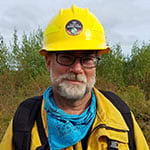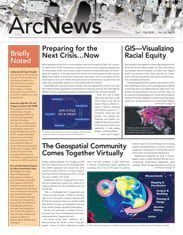The Midwest is known as the wind belt of the United States, and for good reason: nearly 80 percent of the country’s current and planned wind energy capacity exists in the Great Plains, an area that extends east of the Rocky Mountains and runs from northern Montana to southern Texas. And wind energy is showing tremendous potential as a clean, renewable energy source that can help reduce greenhouse gas emissions.
Much wind energy development is occurring—and is expected to increase—in the wind belt. But as wind energy developers plan new sites, they all face this question: How can new wind turbines be sited in places that are optimal for wind resources and transmission yet aren’t likely to impact wildlife or encounter costly delays from regulatory or legal challenges?
Wind projects sited in the wrong place can threaten some of the best wildlife habitat. The Nature Conservancy (TNC) estimates that renewable energy development could adversely affect as much as 76 million acres of land in the United States—an area about the size of Arizona.
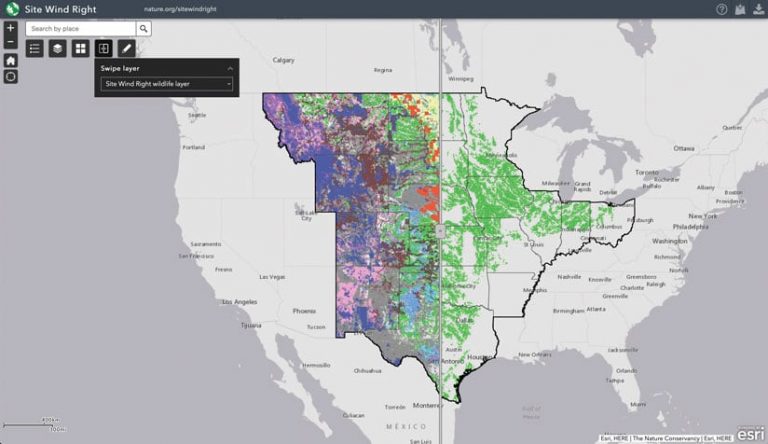
But a new Esri technology-based resource, developed by TNC, can help focus renewable energy in the right places—windy areas that pose a relatively low risk to wildlife and their habitats. Called Site Wind Right, this interactive online map is available for wind developers, power purchasers, utilities, companies, state agencies, and municipalities to use to help reduce conflict between wind energy and conservation.
TNC developed Site Wind Right for 17 states in the Midwest, pulling from more than 100 datasets on wildlife habitat and land use to help highlight areas with the lowest potential for environmental friction. The results of this analysis, done by TNC scientists, are both enlightening and encouraging.
“We were thrilled to discover we could generate more than 1,000 gigawatts of wind power in the central [United States], solely from new projects sited away from important wildlife areas,” said Mike Fuhr, state director of TNC in Oklahoma. “That’s a lot of potential energy, comparable to total US electric generation from all sources today. While advancements in transmission and storage would be needed to fully realize this wind energy potential, it proves we can have both clean power and the land and wildlife we love. It’s a win-win.”
Great Potential for Wind in the Great Plains
What eventually became the Site Wind Right analysis started evolving in 2011 as two things were happening. First, wind energy facilities were beginning to spring up across the Great Plains. Second, the TNC and other scientists were putting together studies that demonstrated considerable potential for wind and solar energy development in the western and central United States.
The Great Plains is a vast area that’s home to the United States’ largest and most intact temperate grasslands, which are among the most altered and least protected habitats in the world. The last expanse of this once-extensive ecosystem is found in the Greater Flint Hills region of Kansas and Oklahoma. Poorly sited wind turbines in places like the Flint Hills pose a serious threat to the wildlife that depend on this endangered and beautiful place. That includes bison, bald eagles, and the once-common greater prairie chicken.
But as studies from the time were demonstrating, the Great Plains could provide clean, renewable electricity that doesn’t compromise wildlife habitat and other natural resources.
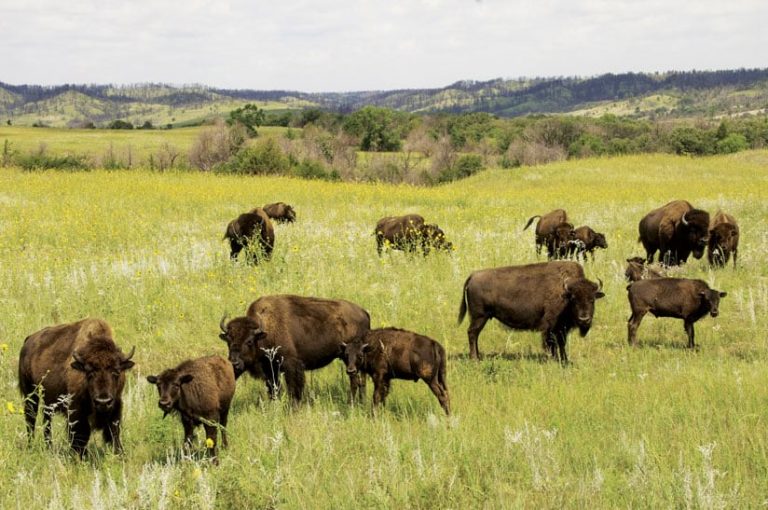
“Those studies showed very positive results that we can meet or exceed renewable energy goals by using sites that were previously disturbed or had relatively low conservation value,” said Chris Hise, associate director of conservation for TNC in Oklahoma.
Ultimately, TNC scientists created a resource that energy planners could use early in the siting process to avoid impacting wildlife and delaying their projects. TNC is among many organizations that want properly sited wind, solar, and other renewable energy projects to succeed so we can all meet the challenges posed by climate change.
With support from partner organizations and other TNC scientists, Hise and his team gathered a large collection of data—on wildlife, habitats, land-use restrictions, and areas of biodiversity significance, for example—and organized it in ArcGIS Desktop using ArcCatalog. With ArcMap and ModelBuilder, the TNC team then assembled multiple spatial data layers of wildlife habitats and potential engineering and land-use constraints. Finally, using ArcGIS Web AppBuilder, the team created an online resource that could share this data in what became the Site Wind Right interactive map.
One of the biggest surprises for Hise and his team was the impressive amount of low-impact areas across the central United States that popped up in the analysis—approximately 90 million acres. Planners in the early stages of establishing a wind energy operation can now look at site-specific details, explore Site Wind Right, consult with appropriate state wildlife agencies, and use the Wind Energy Guidelines developed by the US Fish and Wildlife Service to find spots that work best for everyone.
Although transmission and storage technology do need to improve, the low-impact sites in the Midwest are very well distributed.
“If we plan carefully, there’s plenty of space to go big on wind energy in this part of the country,” said Hise.
Broadening the Reach of Wildlife-Minded Green Energy Projects
Site Wind Right has the potential to reduce the risks of wind deployment delays and cost overruns by helping developers locate sites that are less likely to face regulatory or legal challenges. This has spurred the endorsement of Evergy, an energy provider in Kansas and Missouri that became an early user of the analysis.
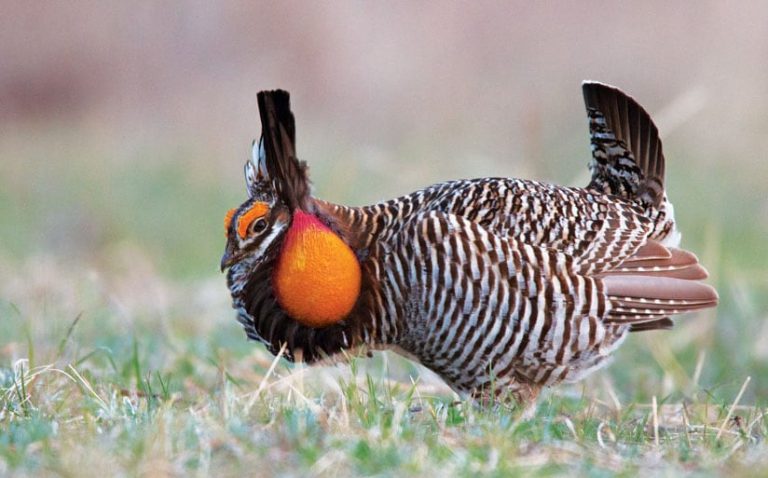
“Site Wind Right is an invaluable resource that helps us avoid unnecessary impacts to the wildlife and iconic landscapes of the Great Plains while also allowing us to provide clean, low-carbon energy for our customers,” said Evergy CEO Terry Bassham.
The mapping analysis has also invited accolades from another early reviewer, the Association of Fish & Wildlife Agencies, which conferred its Climate Adaptation Leadership Award for Natural Resources on Site Wind Right. Additionally, the web map has received endorsements from several conservation groups, including the National Wildlife Federation and the Natural Resources Defense Council.
“We need more resources like this to speed up our move away from burning fossil fuels,” said Katie Umekubo, a senior attorney at the National Resources Defense Council. “Well-sited wind energy allows us to meet our climate goals, advances conservation, and ensures that we avoid irreversible environmental impacts.”
Currently, TNC is looking to broaden the reach of Site Wind Right within communities, companies, and government agencies so they can all apply this wildlife-minded strategy quickly and get the blades turning on clean and homegrown energy in the Great Plains.
“The Nature Conservancy supports the rapid acceleration of renewable energy development in the United States to help reduce carbon pollution,” said Fuhr. “We are looking forward to providing Site Wind Right to the people making important decisions about our nation’s clean energy future.”
Get more information about Site Wind Right, including the interactive map, GIS datasets, the methodology, and FAQ.
